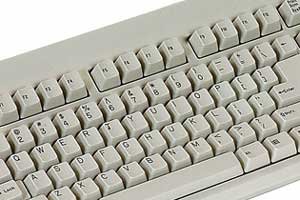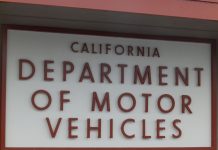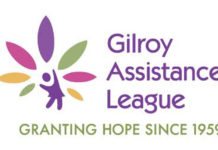A few days before every school board meeting, Marlene Hughes,
the superintendent’s assistant, loads bulky board packets into her
car and heads out to schlep them all over town, from northwest
Gilroy to the eastern hills.
A few days before every school board meeting, Marlene Hughes, the superintendent’s assistant, loads bulky board packets into her car and heads out to schlep them all over town, from northwest Gilroy to the eastern hills.
But the three-hour and $4.60-per-gallon task is going the way of the dinosaurs starting in September. The school board is moving online and going paperless this fall in an attempt to boost efficiency, save money and do its part to go green.
Add up the cost of 58,512 pages of paper, copies, toner, and $4,000 worth of time, gas and labor, and putting together the board packets costs the district $7,313 annually, according to a spreadsheet Trustee Tom Bundros put together with the help of the district. To get started, the district will spend $6,318 on two more laptops, one scanner, wiring the board room and a $3,000 fee for a service called Agenda Online, provided by the California School Boards Association. Some board members, like Bundros, have opted to use their own laptops, while others will use the new laptops or one of the computers the district already owns. In its first year, the service will save the district nearly $1,000. Subsequent yearly savings amounts to $4,800.
Agenda Online has several advantages which include archiving the district’s board meeting packets electronically and allowing the public to access the packets in their entirety prior to the board meetings, rather then gathering them piecemeal the evening of.
On the other hand, yet another barrier will be built between the seven board members, superintendent and public – a laptop screen, set atop an imposing dais that already puts the board at arm’s length.
“We’re going to have to be careful,” said Bundros, who works for IBM. Enthusiastic about what the online service has to offer, he took the lead in researching the product and teasing out the pros and cons. “There is the danger of putting a computer screen in front of us.”
“On the other hand,” he added, “it provides a level of transparency to the public.”
Public documents related to agenda items would be available online several days before the meetings, allowing anyone to view documents they would otherwise have to request from the district.
Plus, trustees conceded that they are sick of the mountains of paperwork they hang onto from bygone board meetings. Currently, agendas are published online but the real meat of the meetings – budgets, construction plans, contracts – are not. Trustees receive all this information in hard copy and the public has immediate access to only a fraction of what they are poring over.
“I have an entire file cabinet already filled with papers from less than a year of school board meetings,” said Trustee Denise Apuzzo.
“Two or three times a week, I’m asking Marlene to find me a prior agenda,” said Superintendent Deborah Flores, gesturing to her assistant. “I think this is an incredible deal. I’m really excited about this,” she said with a smile.
Training provided by CSBA and included in the first-year fee will teach board members to use the technology to enhance, rather than hinder, public communication.
Although board members liked the idea of saving money and cutting back on waste, some suspected that the program wouldn’t suit their style.
“I still need to have the document in front of me,” Trustee Javier Aguirre said.
The board agreed that it would be up to the individual members whether or not to print out certain items, a service the district would still provide upon request although it wouldn’t result in the maximum savings. But some trustees still like to sit down at the dining room table with a cup of coffee and highlight their way through sections of the agenda, like Trustee Pat Midtgaard.
“There’s no way I can read all of this online,” she said, gesturing to the inch-thick packet that lay before her on the dais. She agreed, however, that while some documents might be more appropriate to read in hard copy, others could be left on the screen.
“It’s a huge document,” she said. “It’s nice to know you don’t have to print it all out. We’re drowning in paper as it is.”
She said she would do her part to keep the lines of communication open at the meetings by bringing her laptop but lowering the screen when she could.
“I think the board is somewhat far removed anyway,” she said. “But we’re trying to be accessible. The dais is ridiculous for discussion. A horseshoe shape would be more conducive. I want to look at someone, not at a screen.”













